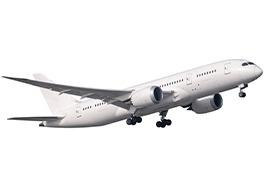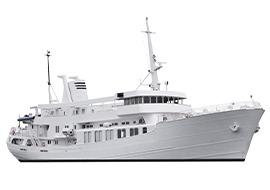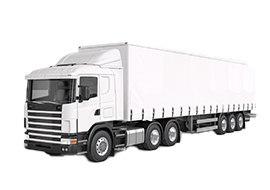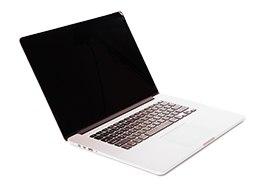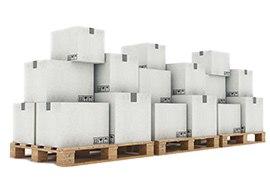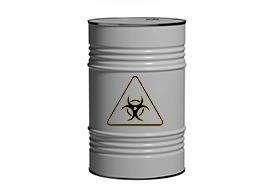- [email protected]
- +90 541 320 65 65
Services
Air transport
Limak Logistic, one of the leading logistic companies in Turkey, we continue to be the most reliable solution partner for our valued customers with air cargo transportation services.
Sea Transportation
With our extensive and strong network, we offer sea transport solutions from Turkey to all ports around the world and from all ports to Turkey.
Transportation by land
Limak Logistic provides the best service in international land transportation with a strong infrastructure.
Express cargo transportation - Electronic Commerce Customs Declaration (ECCD)
WHAT IS MICRO EXPORT AND HOW IS IT PREPARED? Micro Export or Fast Export: A type of export that allows small and medium enterprises (SMEs) to expand abroad by minimizing procedures in export operations.
Warehousing & Fulfillment
Fulfilling orders from Limak is a complete solution for online stores. We provide high quality logistics for the online store, which has a positive impact on the work as a whole.
Transportation of dangerous cargos
As Limak Logistics, we carry all dangerous goods by following the rules and regulations below, together with our experienced team.

 EN
EN
 TR
TR